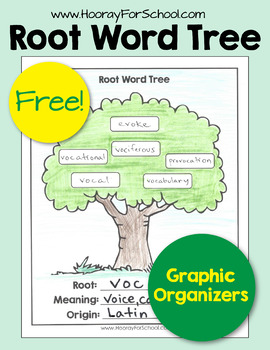

They’re not listed in any particular order, so check out the entire list. I’ve grouped these tools into four categories: Reference Tools, Word Clouds, Games and Review, Word Walls and Virtual Field Trips. The following digital tools show promise to support word learning, review, and playing with language. Reinforce word learning through interactive games Ĭollaborate with classmates to create virtual words walls. View photos and images related to words (important for English language learners) Read words in a variety of authentic examples See also 25 Ways Schools Can Promote Literacy And Independent Thinkingĭigital tools have advantages. In addition, some tools allow teachers to easily customize words so that students can practice, review, and play games with content or unit-specific words. Online tools, compared to their more traditional counterparts, provide a broader array of information about words and word meanings. In today’s 21st century classrooms, digital tools must coexist alongside more traditional tools. I write frequently about the importance of effective vocabulary instruction and my recent infographic – the 10 Do’s and Don’ts of Effective Vocabulary Instruction. Since a broad vocabulary program includes both direct and indirect word-learning strategies, the following online tools can be easily integrated to support word learning.

And, vocabulary plays an important role in most academic standards. Vocabulary is a foundational component of an effective K-12 comprehensive literacy framework. In addition, a broad vocabulary is important for effective speaking, listening, reading, and writing. Vocabulary influences fluency, comprehension, and student achievement.

By Kimberly Tyson, Ph.D and TeachThought Staff


 0 kommentar(er)
0 kommentar(er)
